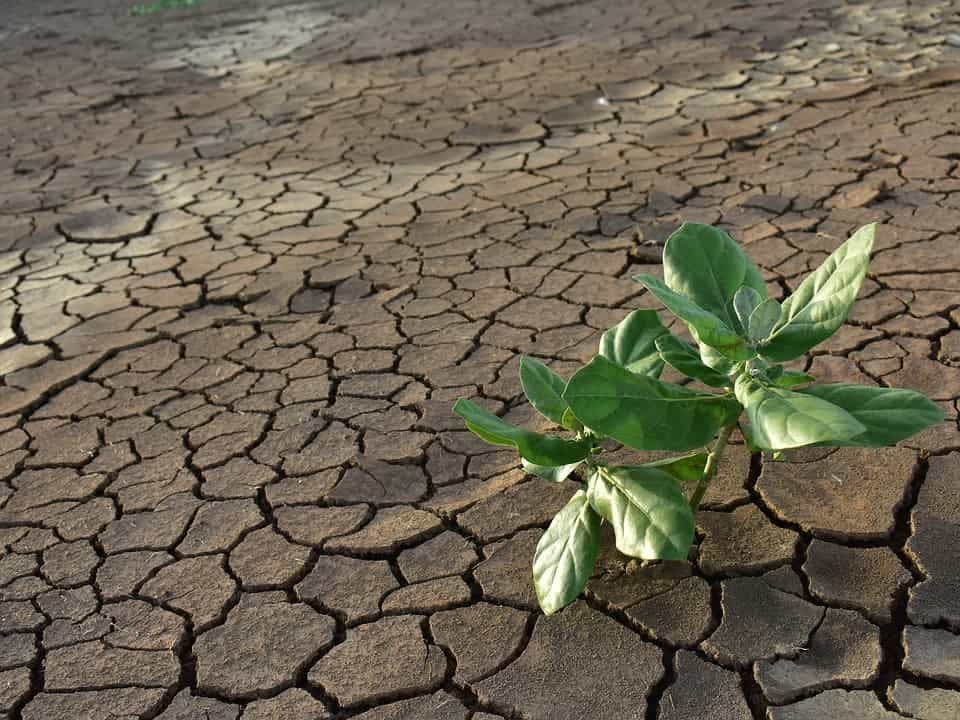Researchers are getting ready for the mother of all dry spells — by making plants require less water to grow.

Anthropic climate change is already barring its fangs at us, and they are dry indeed. A preview of what’s in store is recently unfolded in Cape Town, South Africa. The Western Cape region of South Africa has been experiencing severe droughts since 2015, and because of that, the city is realistically looking at a Day Zero scenario — a day where the municipal water supply will be dry as bone.
That situation could become common in many parts of the world, at least until water cycles set down into their new mold. Until then, it’s vital that we ensure there’s enough water for everyone to drink. A team of researchers from the University of Illinois, Urbana are trying to reduce the amount of water we use on our crops. In a new paper, they report having genetically engineered a prototype tobacco crop that uses 25% less water for essentially the same harvest.
“We tested them in the field and we didn’t see a big penalty — the plants were not significantly smaller than the wild type,” said lead researcher Katarzyna Glowacka.
They quenched the plants’ thirst by modifying the expression of a protein involved in the behavior of stomata — small pores on the leaves of plants that take in CO2 and spew out oxygen and water. Lab experiments showed that greater expression of the protein (called Photosystem II Subunit Subunit S, or ‘PsbS’) restricted stoma’s ability to open, keeping water inside the plant’s cells without affecting the intake of CO2. After some time tweaking around with PsbS expression, the team managed to spike the prototype tobacco’s water efficiency by 25%. Tobacco is widely used as a model plant for similar studies because its fast lifecycle means researchers don’t have to wait around for it to grow very long.
“Our next step is to look at C4 crops […] like corn, soy bean, sugarcane, sorghum,” says Dr Glowacka.
“In tobacco it works and it should work the same way in other plants. In C4 plants, which are most [food] yielding plants like corn and sugarcane, it has even bigger promise.”
The C4 plants that Dr. Glowacka mentions are better at fixing CO2 during photosynthesis than most other crops and the researchers think their stomata can be manipulated to a greater extent that the prototype tobacco because of this.
However, the current research was carried out in controlled environments, where the plants were given plenty of water and sunlight. More extensive studies are needed to assess the potential of this approach in real-world scenarios, especially trials in free range conditions.
Still, for now, the findings hold great potential for the future. The challenge is to produce a lot more food than we do today, without a sizeable increase in land or water use — because we simply don’t have much to spare of either of those.
The paper “Photosystem II Subunit S overexpression increases the efficiency of water use in a field-grown crop” has been published in the journal Nature.
Was this helpful?



